By Anne Kalosh.
Royal Caribbean Cruises Ltd. is paying $1 billion for a 67 percent stake in small-ship, ultra-luxury Silversea Cruises. RCL Chairman and CEO Richard Fain called Silversea “a crown jewel.”
With this Royal Caribbean Silversea deal, one of cruising’s largest public companies expands into the luxury and expedition sectors, while one of the few privately held cruise brands will get the chance to grow faster under the continued leadership of its executive chairman, Manfredi Lefebvre d’Ovidio.
RCL owns Royal Caribbean International, Celebrity Cruises and Azamara Club Cruises, and has investments in Germany’s TUI Cruises, Spain’s Pullmantur and China’s SkySea Cruise Line.
Fain said the acquisition—expected to close later in the year—”fleshes out Royal Caribbean’s portfolio” in the ultra-luxury and expedition areas where “Silversea is a name to be reckoned with.” For RCL, he added, it’s “a dream come true.”
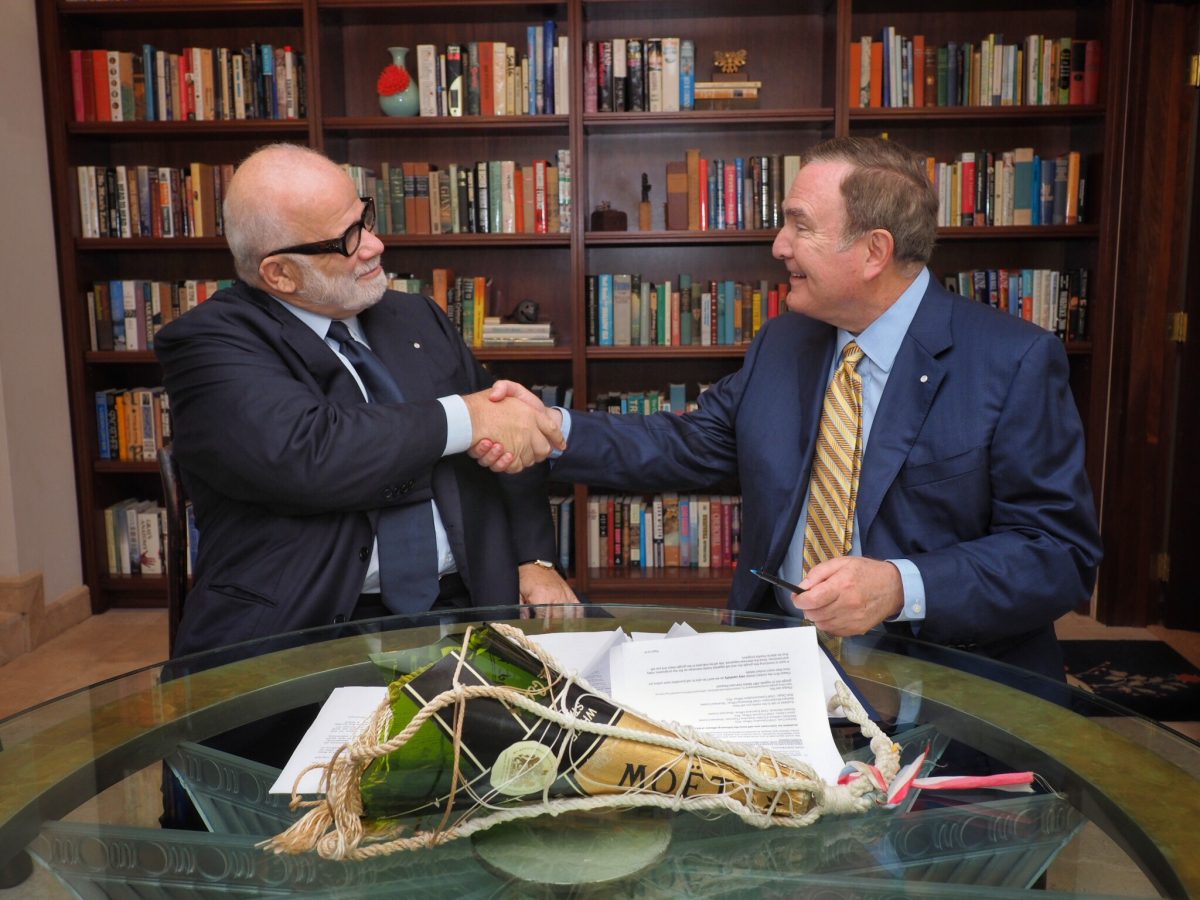
Silversea’s Manfredi Lefebvre, left, and Royal Caribbean’s Richard Fain shake on the deal. * Photo – Silversea_Royal Caribbean
Silversea operates nine ships, four of those in the expedition sector, and has two new builds, SILVER MOON and SILVER DAWN, under construction for delivery in 2020 and 2021, with an option for a third ship. (In summer 2019, the expedition vessel SILVER DISCOVERER will be leaving the fleet and going back to its charterer.)
For his part, Lefebvre said: “This partnership will bolster the growth of this exceptional brand founded by my father.”
Silversea was the brainchild of Antonio Lefebvre d’Ovidio, a noted Italian jurist and law professor who wanted to create a new class of small but spacious ships with highly personalized service and inclusive pricing. In 1988, he purchased the majority of Sitmar Cruises, merging it with P&O’s Princess Cruises a year later. In 1994, he launched Silversea with two newly built ships, the 296-passenger SILVER CLOUD and SILVER WIND.
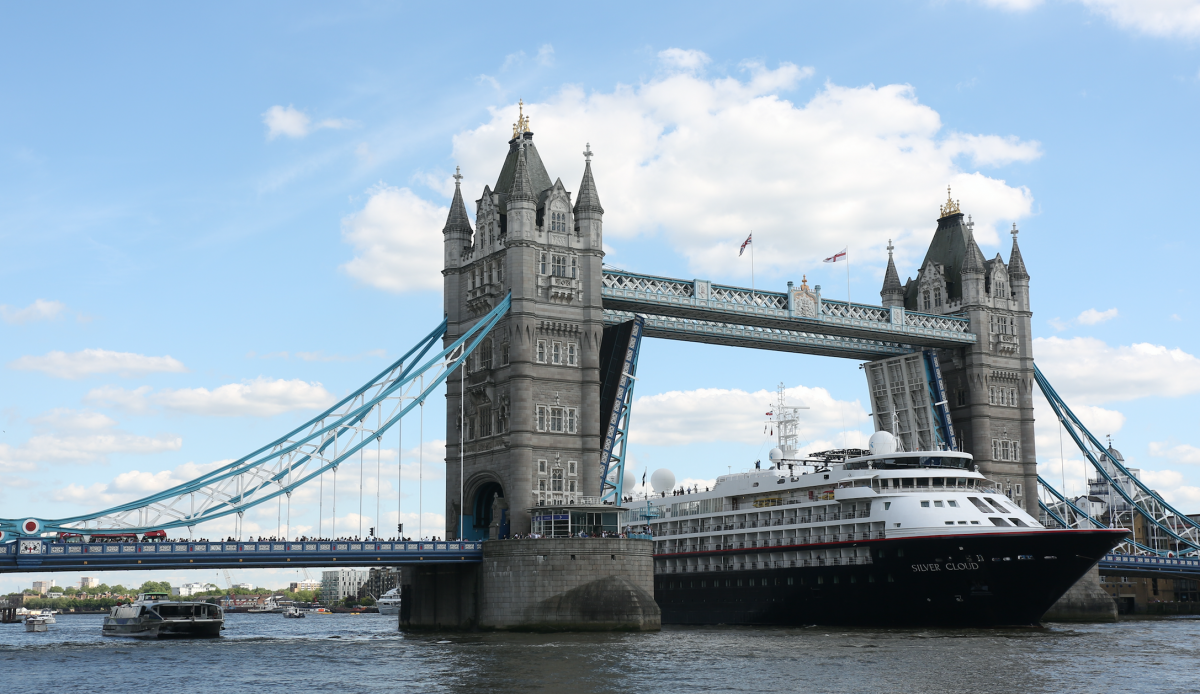
Silver Cloud, rebuilt into an expedition ship in 2017, sailed under London’s Tower Bridge in June this year as part of the festivities marking Silversea’s 10th anniversary of expedition cruising. * Photo: Silversea
His son Manfredi, who had been involved in the family’s businesses from an early age, managed ship operations. He took control of the company and became chairman in 2001.
Silversea has grown by building progressively bigger ships (not big by today’s standards but larger than the QuirkyCruise 300-passenger maximum): the 382-passenger SILVER SHADOW and SILVER WHISPER in 2000 and 2001 and the 540-passenger SILVER SPIRIT in 2009 which, this year, was cut in half to add a midsection and increase capacity to 608 passengers.
2017’s SILVER MUSE, and its sister ships in the pipeline, each carry 596 passengers.
A decade ago, Silversea branched into luxury expedition cruising, and its quartet of expedition ships are smaller: SILVER DISCOVERER (which will exit next summer) can carry 116 passengers, SILVER EXPLORER has capacity for 144 passengers and Silver Galapagos for 100 passengers. Also, last year the line’s original ship, SILVER CLOUD, was converted for expedition cruising and its capacity was reduced to 254 passengers.
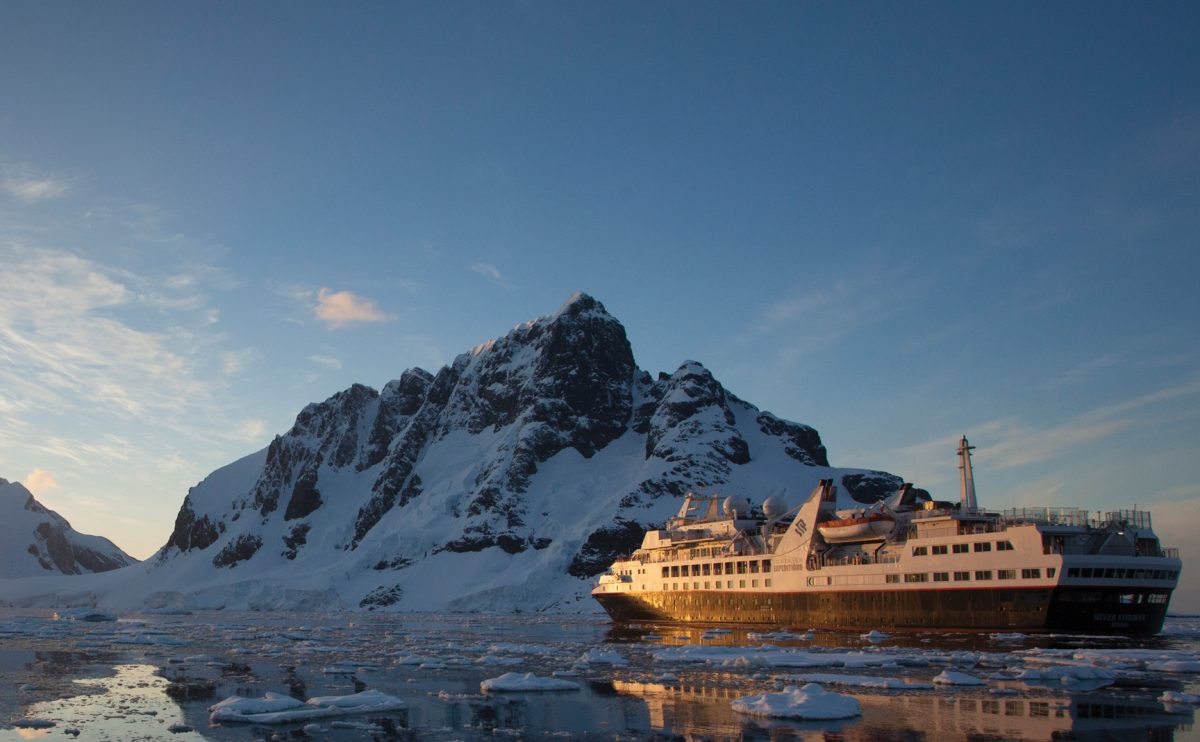
The 144-passenger Silver Explorer in Antarctica. * Photo: Silversea
So what will happen under Royal Caribbean?
Besides Lefebvre’s leadership continuing, the management in the company’s Monaco headquarters and offices around the world, including Miami, will stay on.
Growth will certainly accelerate. Silversea already has the two new builds in the pipeline with the option for a third.
But it’s likely the expedition part of Silversea’s business will grow, too, and those ships would be smaller, as befits vessels sailing to the very remote and special areas frequented by Silversea Expeditions. The company has never built a new expedition ship, acquiring or chartering instead. However, an expedition new build has been under consideration for some time.
Our bet is that’s very likely to happen under the RCL umbrella. So, although a big-ship line like Royal Caribbean is taking a controlling stake in a small operator, some new, smaller vessels probably are in the cards.
© This article is protected by copyright, no part may be reproduced by any process without written permission from the author. All Rights Reserved. QuirkyCruise.com.



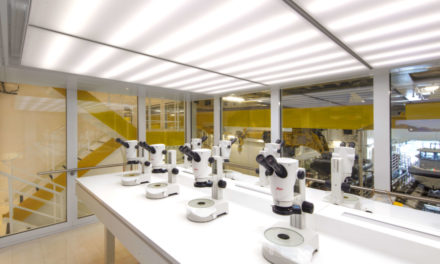
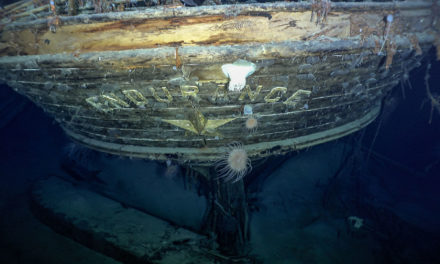
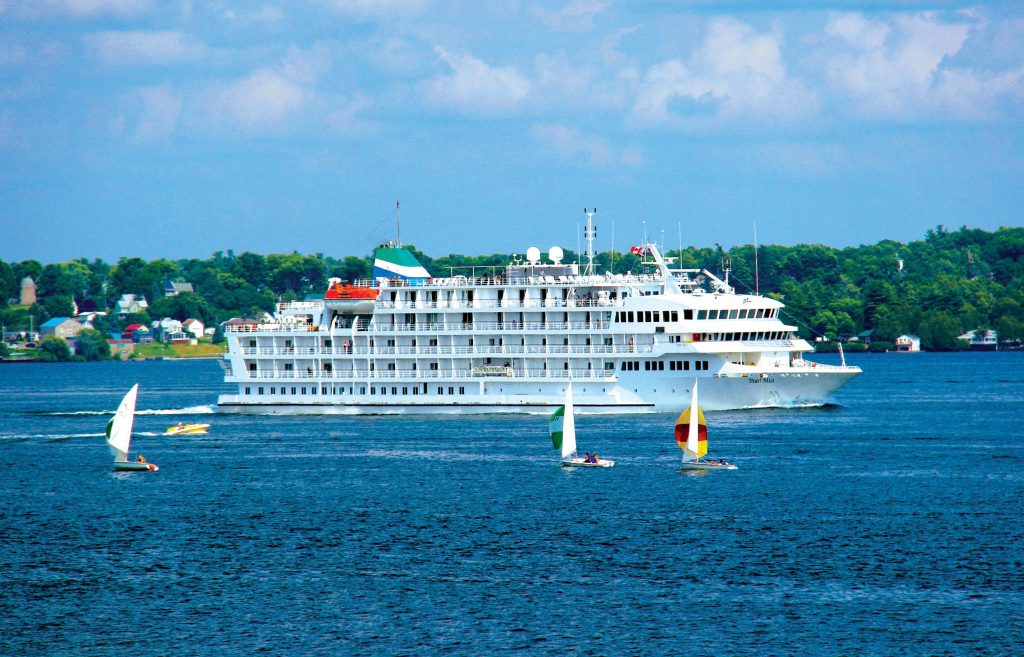








 HEIDI SARNA
HEIDI SARNA











